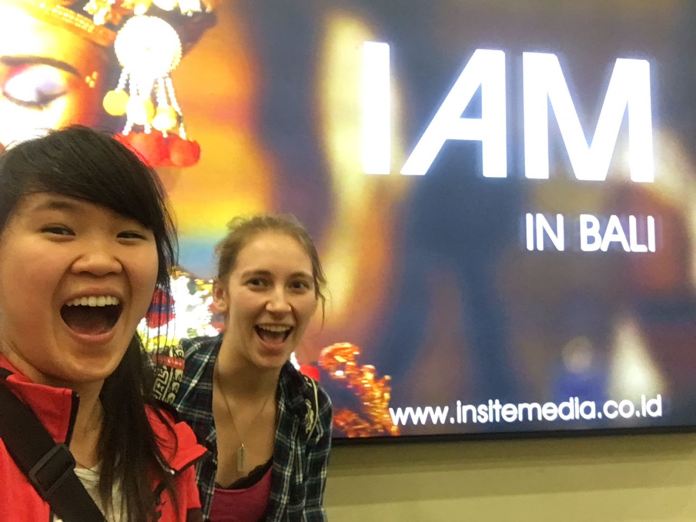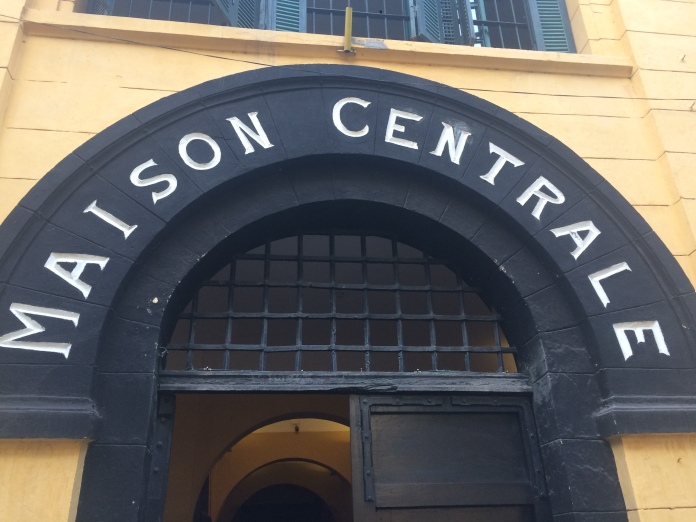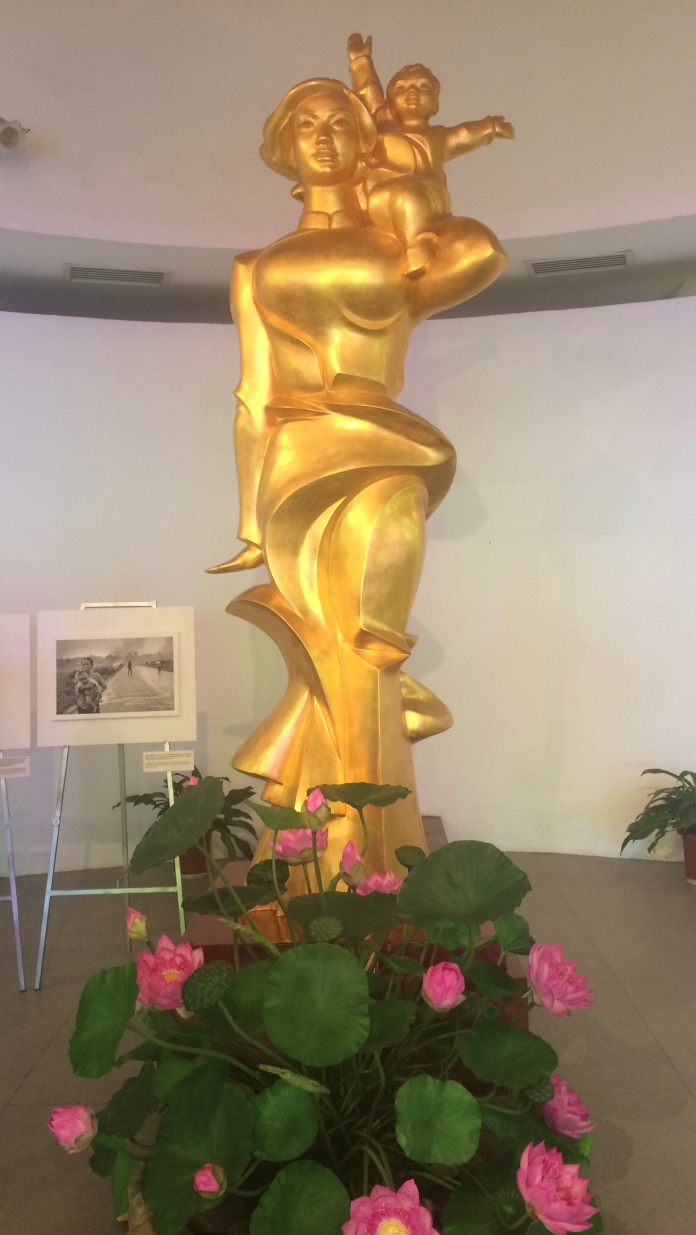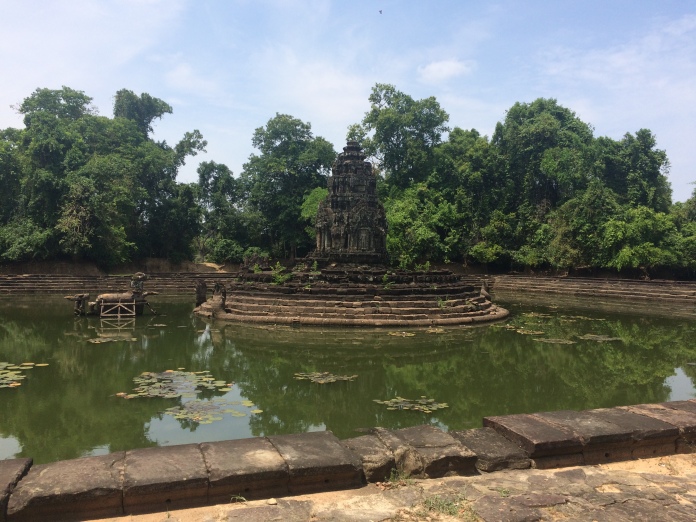Sorry to have been absent for the past weeks, but it was vacation time (and I was without wifi)!! So now I will regale you with the wonders of my vacation below the equator! Also sorry but this is gonna be a long one…
My friend and I decided to go to the beautiful Bali for about 2 weeks. We left Hong Kong in the morning and had a layover in Singapore. Let me just say the Singapore airport it magical and wonderful. There are free massage chairs, a butterfly garden, a koi pond, a gym, a showering place, a prayer room and more! I have to say the US needs to upgrade our transportation amenities.

We arrived in Bali in the early evening and made our way through immigration where the immigration officer actually made a Sherlock Holmes joke to me…. I can never escape. We were then harassed by numerous men offering “cheap rides” to wherever we wanted to go, but we stuck with the official taxi service (don’t worry mom). Finally we made it to Uluwatu on the Bukit Peninsula, where we were staying.
The next day we went to the beach in the morning. I have to say the sand (at least at that beach) was really not ideal. It was very large grains so it actually kind of felt like tiny pebbles, and you sank into it a lot so it was hard to walk and somewhat painful. But that was okay because we were on the beach in Bali!!
Later that evening we went to the Pura Luhur Uluwatu Temple and watched a traditional Balinese Kecak fire dance. The temple is right on the cliff edge and was really amazing and the dance was also pretty awesome! This is also where we had our first experience of seeing tons of wild monkeys all over the place. We would soon learn that it is a very common sight in Bali.
The next morning we woke up early and took a boat to the adjacent island of Nusa Lembagon. We got a room in a really awesome gueast hosue right on the beach!! I got to fall asleep to the sound of the waves that night and it was perfect! Anyway, we spent that day riding bicycles around the island (there isn’t really cars there) even though if you read about my time in France you would know how I feel about bicycles… We also kayaked through a mangrove forest which was definitely something to check off a bucket list! We only stayed on that island for one night and the next day we took a boat back to Bali and then traveled on to the city of Kuta.
Kuta is definitely a tourist city so we spent most of our time there at the street markets working on our haggling! (I was definitely paying the white person tax there…) We also got to have some delicious and beautiful smoothie bowls which we had been searching for since we got to Bali! I have to say that the level of street harassment was absolutely the worst in Kuta… Julia Roberts did not prepare me for that! We attempted at one point to walk along the beach but there were too many guys following us and aggressively yelling various explicit things to and at us so we nixed that idea very quickly and went back to shopping.
After Kuta we went to my favorite place on our trip—Ubud. Ubud is a city in the middle of Bali and it is a very big art and culture scene. We stayed in an amazing guesthouse where the people were so friendly and helpful (10/10 would recommend if you are going to Bali and Ubud)! When we arrived in Ubud it started pouring rain (as it does when you visit in the wet season…) but we didn’t let that stop us from exploring a bunch!

Our first stop was the Sacred Monkey Forest. This is a temple area within a forest that is inhabited by a ton of wild monkeys. When you enter the forest they give you all this advice like: don’t try to pick up a baby monkey, don’t look them directly in the eye, if one climbs on you stay calm and put down the food or whatever you had that lured it to you… and so on. So we are wandering around taking lots of pictures, not making eye contact, when out of the corner of my eye I see this grey blob leaping through the air towards me. So before it even lands on me I’m panicked because in my head I was thinking like cat claws so it’ll dig in to hold on to me, totally forgetting that monkeys have little people hands… which honestly then freaked me out even more because it was like tiny people hands grabbing me and so not what I expected. So like anyone I started snapping selfies of this monkey on me and like trying to hide the fact that I was panicking. Except then I realized I didn’t know how to get it off of me! I didn’t have any food that it wanted, it was just sitting on me and climbing on my arms. I was too freaked out to like try to just grab it off me and put it down because while it has people hands it definitely had animal teeth and like monkeys are cute but also definitely could snap and go crazy at any moment, plus it was a totally wild animal not like a pet monkey. So I’m there mildly having an anxiety attack when I came up with the brilliant idea to walk towards this group of tourists that had snacks with them (I’m awful I know) and lo and behold I divested myself of a monkey!
After leaving the monkey forest we went to Goa Gajah (also known as the Elephant Cave). This site was built as a sanctuary and hermitage in the 9th century and has some really impressive carvings that are believed to be aimed at warding off evil spirits.
Our next stop (in an absolute downpour) was Gunung Kawi. This is a temple and burial site that straddles the Pakerisan river. It is made up of ten statue shrines (about 23 feet high) cut into the cliff sides that are thought to be dedicated to King Anak Wungsu and his queens and their sons. While the sites may be more impressive in the sun, the rain definitely cut down on the crowds!
Our final stop that night was at the Bali Botanica Spa where we got body scrubs and had our much dreamed about floral baths! As this was my first time at a spa I had a lot of questions and am probably one of the only people ever to have anxiety at a spa, but in the end it was very relaxing and I think I’m gonna put flowers in my tub more often!!
The next day we secured a driver/tour guide from our guest house who took us to some furher away sights. Our first stop was the rice terraces at Jatiluwih. These rice fields are a UNESCO World Heritage Site and are simply amazing to see. We were there at harvest time so it wasn’t as green as usual but we got to watch some of the farmers harvesting their fields… by hand!! We also were able to walk through the terraces (we ended up barefoot because we had flip flops on and it was not ideal flip flop terrain). The views were so breathtaking.
From there we went to Pura Ulun Danu Bratan, the floating temple dedicated to the Balinese water goddess as well as Shiva and his consort Parvathi. This temple is featured on the 50,000- rupiah banknote too! While we were here some tour groups arrived on big buses from the island of Java and I suddenly became as much of a sight as the temple. Our guide later explained to me that there isn’t a tourist industry in Java so for many of the people (especially the young students) I may be the only white person they’ve seen… it probably made it even more exciting that I am an exceptionally white white person with my blonde hair and light eyes…But regardless I did my best to make sure everyone got a picture with me so maybe I’ll be famous in Java! (My friend Vivian is Chinese so she just thought this was the funniest thing ever as we kept getting stopped for people to ask to take a picture with me).
After that we made a brief stop at Taman Ayun, known as the Royal Family Temple. It is a special temple because the deified ancestors of the Raja Dynasty are honored there, amongst other gods.
The next day we left Ubud headed to Lovina in the north. From Lovina we were able to visit the Sekumpul Waterfalls. This is a group of seven waterfalls that we reached by trekking through the actual jungle (so it is a bit less popular than the more touristy Gitgit waterfall) in the rain! But it was completely worth the difficult journey when we got to swim under the falls with no one around (except our guide).
We spent our last days in the city of Sanur relaxing and wandering around the shops (and getting a pedicure!) and eating lots of great food! We were definitely sad to leave Bali when it was time to go and I hope that one day I get to go back (and buy all sorts of great furniture and doors for my house!!).






























































































































































































































































